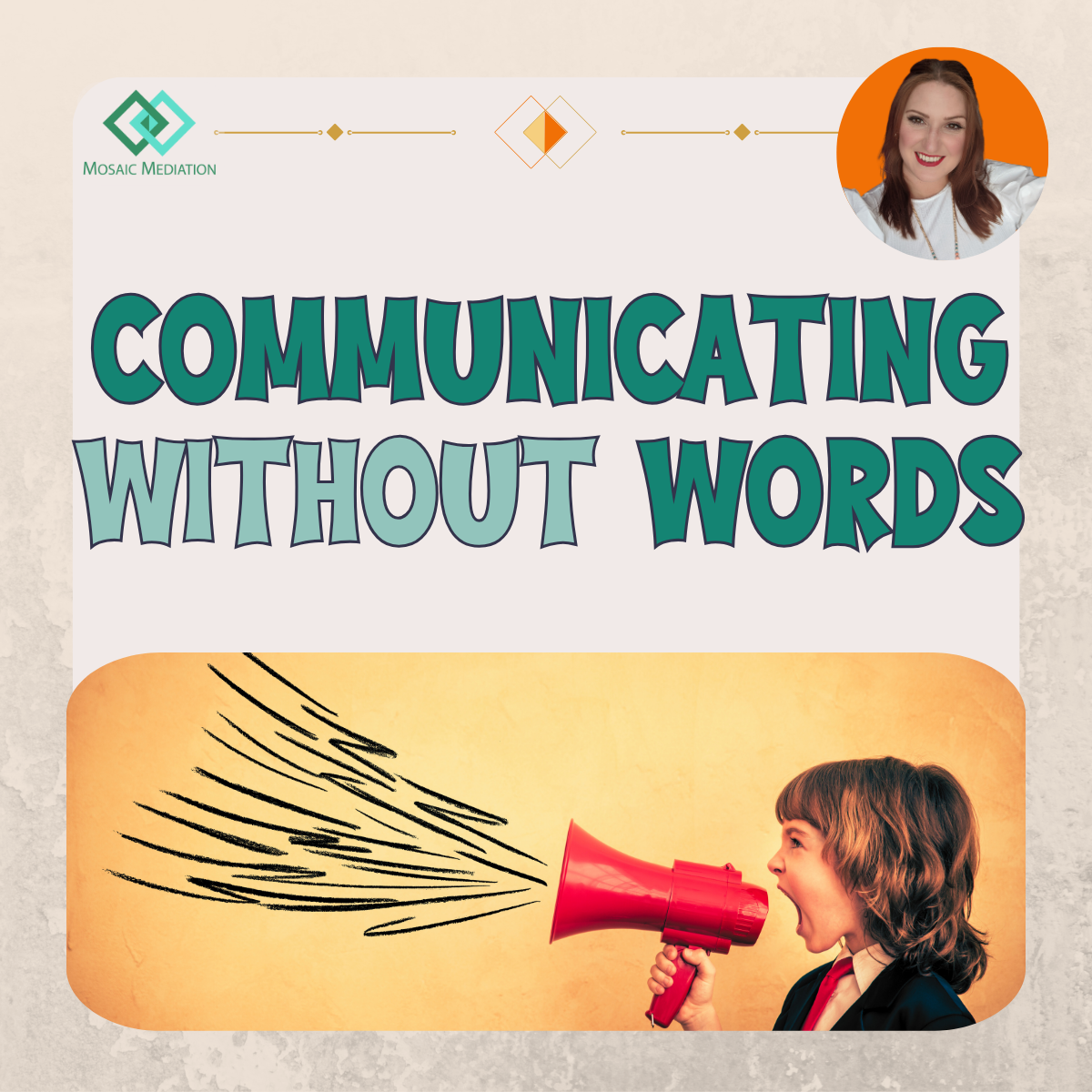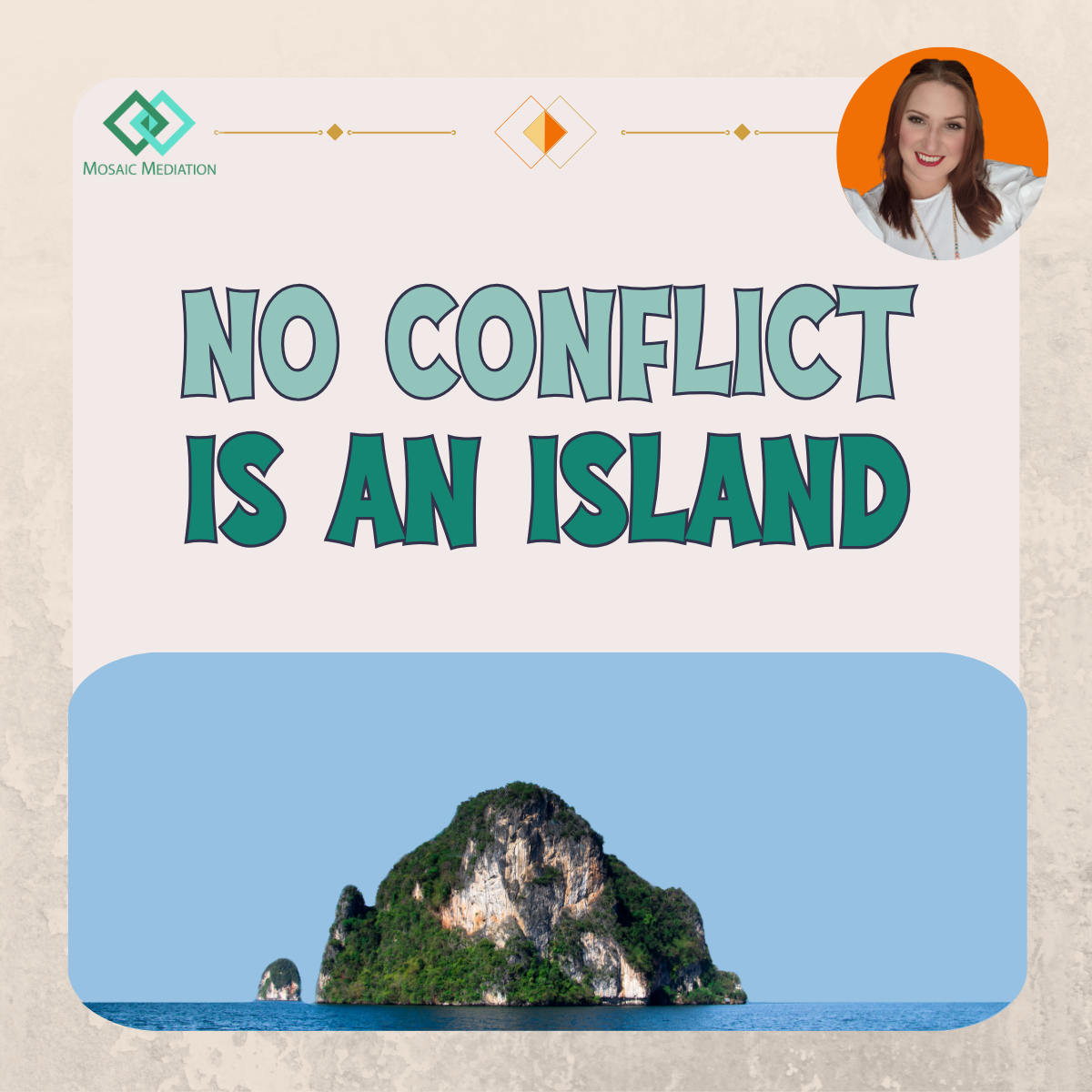The Intentional Pause
Emma Jenkings • 23 February 2021
How to change habits to improve your communication skills
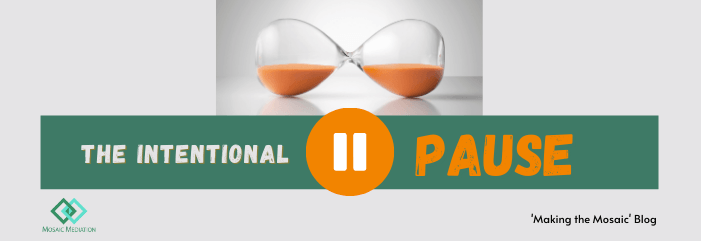
Pausing is a skill.
Pausing to reflect. Pausing to re-think the next step. Pausing to leave room.
As a mediator, I value it when people have the skills to know when to pause and how to utilise the pause. Pausing is not the same as inaction or laziness.
Rather it is an intentional choice to not act ‘in automatic’.
I have an automatic car and I love it! When I became a parent, I realised how much benefit there is to having a hand free – to (safely and responsibly) pass drinks or [insert alternative here]; or to silently communicate with young passengers while on a hands-free phone call. It also made driving in slow traffic a lot less uncomfortable. When my automatic car went in for a service and I had to drive a ‘manual’ for the first time in a few years, I really noticed the difference. Particularly, in how much I had to do!
It is so easy to allow habits formed over years to influence our interactions with other people. Or simply to influence our automatic thought-process. Sometimes these instinctual responses may be helpful. At other times though, such responses have the ability to cause people to behave in a way that leads to unnecessary conflict, or exacerbated issues.
Something which learning to pause has the ability to prevent.
Let me count the ways…
1. Pausing to reflect:
Provides the opportunity to notice what is happening – internally and externally. What thought is driving our behaviour? Is that thought true and helpful, or an assumption and unproductive?
What is happening with the other person’s behaviour, tone of voice, words being used, gestures, etc.?
When individuals get caught up in the conversation cycle that seems to spiral rather than head in any productive direction, taking a moment within the conversation or at another time can provide clarity on what you really think and what you really want. It also gives you the opportunity to take a different, more neutral, perspective on maybe what the other person was intending to communicate with you.
2. Pausing to re-think the next step:
Provides the opportunity to behave intentionally, rather than automatically. That automatic response to raise our voice to match the other person’s, or to accuse rather than clarify, or to revert back into silence rather than speaking up. Pausing to think will put you in a better position to make wise decisions, as opposed to reactive decisions.
Whether in coaching, discussing DISC profiles, or in mediations, I encourage clients to reflect on those automatic behaviours and thought processes, and evaluate whether they are helpful. If they come to the conclusion – as tends to happen – that there are some things which are not serving them or leading to positive interactions, I get them to think through an alternative.
This is a difficult thing to embed though because it tends to be a change to a long-term habitual behaviour or way of thinking. So, here is where the PAUSE comes in to be a habit-breaker.
3. Pausing to leave room:
Provides the opportunity for revelation. It intrigues me how quickly conflict can escalate and I often wonder how much this is due to not leaving space for heightened emotions to settle and awkwardness. Yes, awkwardness. Awkward silence, in my experience, is when people tend to open up, to fill the silence. They begin sharing and reflecting, rather than simply responding.
This skill is particularly helpful if you are in a managerial role. If you really want your team to be self-reflective, to look at situations from different perspectives, and feel that you want to hear from them – that one-to-ones are NOT simply a ‘tick-box exercise’- then allowing for pauses in meetings is likely to encourage people to speak up. Humans like to fill a silence and it is amazing what comes out when they do.
Also, I want to reiterate that pausing indefinitely, or for an unnecessarily long period of time, is not the intention here.
It is intentional pausing, so that it can be followed by considered, wise, intentional action.
We have just experienced a year of reacting to changes and often making decisions very quickly with little information. Some people have found a way to pause amongst it all, but if you have not felt like you have had the opportunity to pause recently, I encourage you to remember the benefits of pausing and invite you to find a way.
For more on how to clarity in challenging workplace situations, communication skills, or automatic behaviours or thought processes, feel free to email emma.jenkings@mosaicmediation.co.uk
for more information on coaching, team or management training, or conflict resolution tools. Click HERE to get in contact.
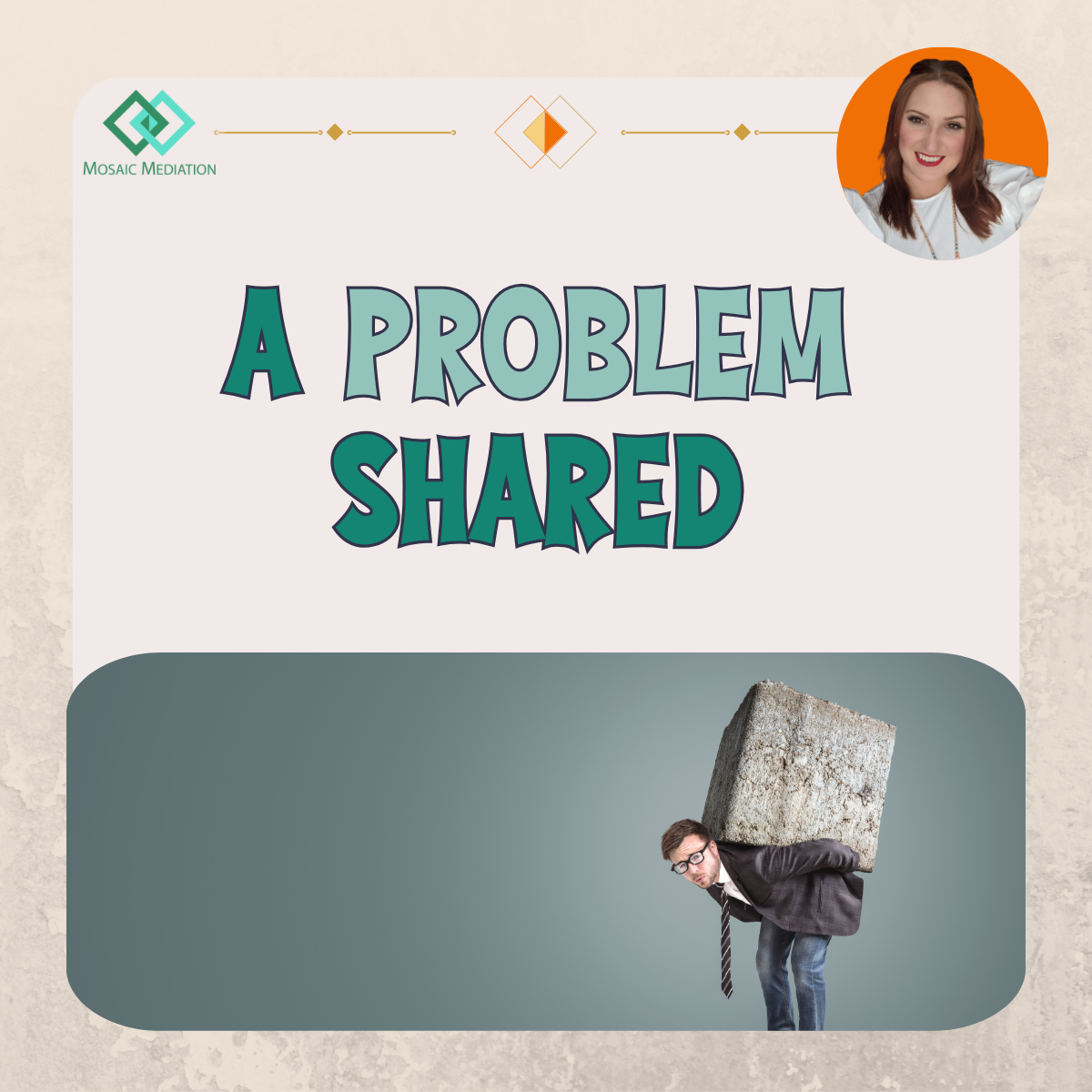
While gossip can feel good at the time, it rarely makes a beneficial difference to a situation. Conflict coaching is a tool that is becoming more commonly used, as individuals and organise recognise the positive impact only a few conflict coaching sessions have on the individual and the dispute situation.
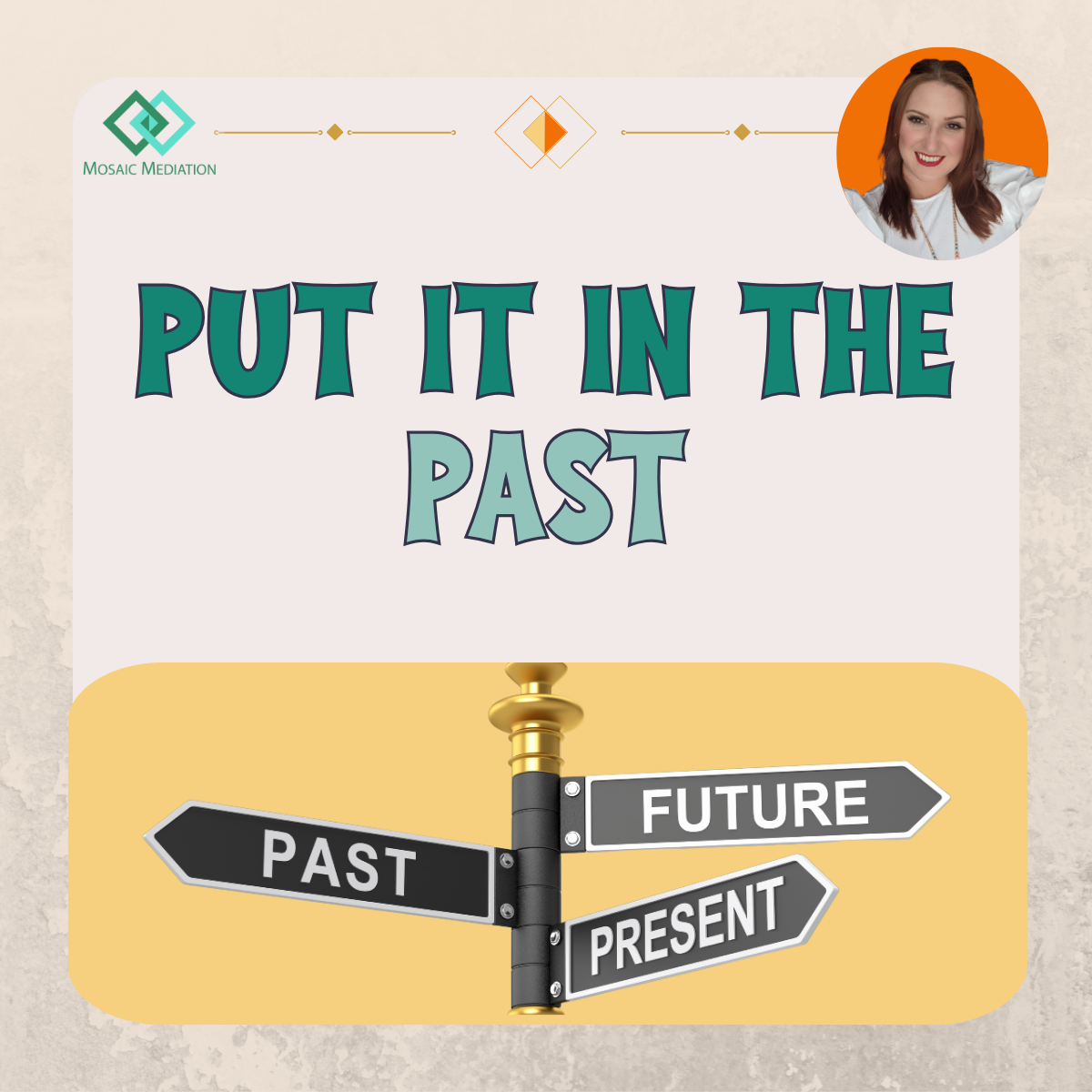
Closure is a common goal for workplace mediation and conflict coaching.
One or more individuals may be looking to move past what has happened - which is great!
However... sometimes, they want to do the 'moving past' bit without making sure the past is no longer going to negatively impact their future due to unresolved trust, unspoken concerns, or unaddressed assumptions.
In this month's article, I delve into some potential approaches to apply to the balancing act of addressing the past without getting stuck in it.

